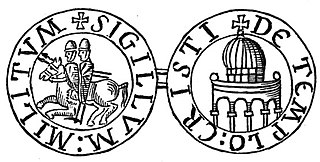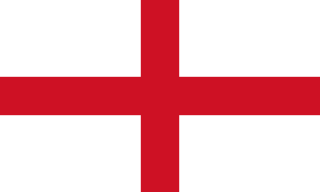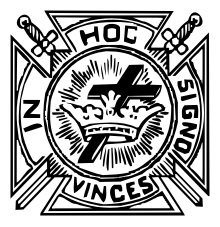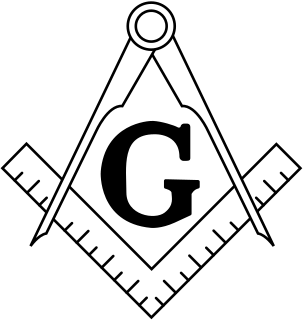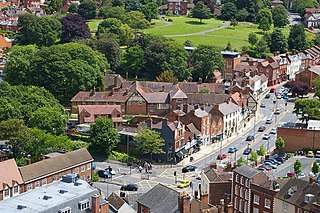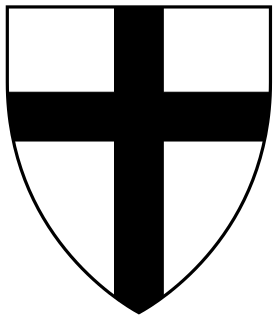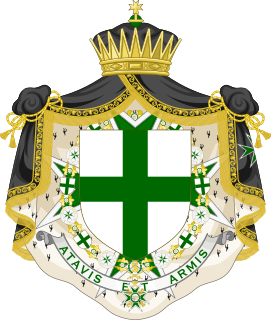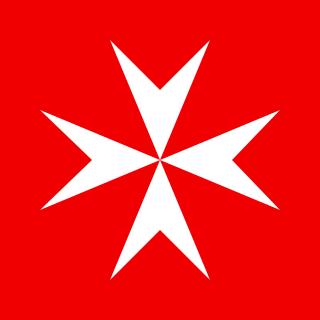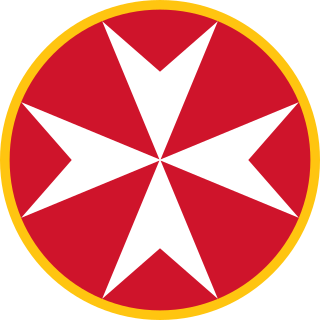Commandry (British English), or commandery (American English), was the smallest division of the European landed estate or manor under the control of a commander of a military order. The word is also applied to the emoluments granted to a commander in an order of knights. They were the equivalent for those orders to a monastic grange.
British English is the standard dialect of English language as spoken and written in the United Kingdom. Variations exist in formal, written English in the United Kingdom. For example, the adjective wee is almost exclusively used in parts of Scotland and Ireland, and occasionally Yorkshire, whereas little is predominant elsewhere. Nevertheless, there is a meaningful degree of uniformity in written English within the United Kingdom, and this could be described by the term British English. The forms of spoken English, however, vary considerably more than in most other areas of the world where English is spoken, so a uniform concept of British English is more difficult to apply to the spoken language. According to Tom McArthur in the Oxford Guide to World English, British English shares "all the ambiguities and tensions in the word 'British' and as a result can be used and interpreted in two ways, more broadly or more narrowly, within a range of blurring and ambiguity".
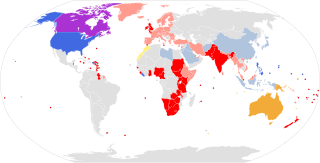
Many of the differences between American and British English date back to a time when spelling standards had not yet developed. For instance, some spellings seen as "American" today were once commonly used in Britain and some spellings seen as "British" were once commonly used in the United States. A "British standard" began to emerge following the 1755 publication of Samuel Johnson's A Dictionary of the English Language, and an "American standard" started following the work of Noah Webster and in particular his An American Dictionary of the English Language, first published in 1828.
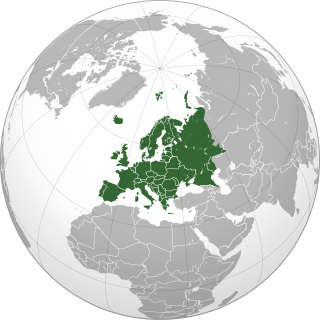
Europe is a continent located entirely in the Northern Hemisphere and mostly in the Eastern Hemisphere. It is bordered by the Arctic Ocean to the north, the Atlantic Ocean to the west, Asia to the east, and the Mediterranean Sea to the south. It comprises the westernmost part of Eurasia.
Contents
The title for the equivalent person is commander.



